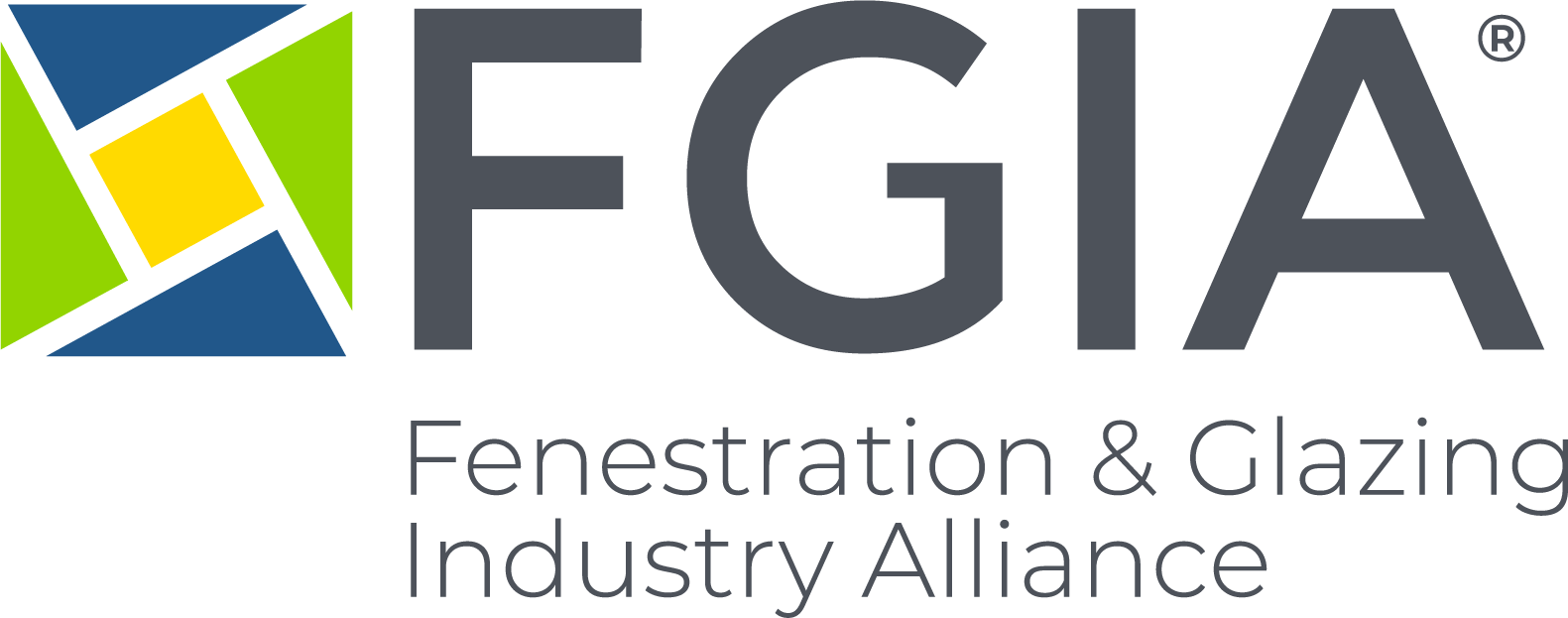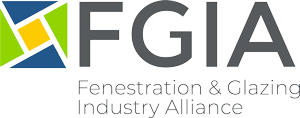Southeast Region Working to Keep Pace with Model Codes

Southeast Region code consultant, Dick Wilhelm, kicked off the code update segment of the AAMA Southeast Region Spring Meeting by pinpointing where the bulk of the building activity was underway. Just over three-quarters of the building permits issued across the 10-state region in 2016 were attributable to four states: Texas (34 percent), Florida (24 percent), Georgia (11 percent) and Tennessee (8 percent).
The code status in the region as related to adoption of the requisite I-codes, is summarized as follows in order of the most active states:
Energy Conservation | Residential Buildings | Commercial Buildings | Comment | |
| Texas | 2015 IECC (as amended) | 2012 IRC (as amended) | 2012 IBC (as amended) | |
| Florida | 2014 IECC (as amended) ASHRAE 90.1-2010 (2013 edition effective 12/31/17) | 2014 IRC (2015 IRC effective 12/31/17) | 2014 IBC (2015 IBC effective 12/31/17) | |
| Georgia | 2009 IECC (as amended) ASHRAE 90.1-2007 | 2012 IRC (as amended) | 2012 IBC (as amended) | Will adopt 2018 I-codes |
| Tennessee | 2012 IECC (as amended) | 2012 Existing Building code | 2012 IBC | 2009 IECC applies in Memphis |
| Virginia | 2012 IECC (as amended) ASHRAE 90.1-2007 | 2012 IRC (as amended) | 2012 IBC (as amended) | Expected to adopt 2015 I-codes in 2018 |
| South Carolina | 2009 IECC (as amended) ASHRAE 90.1-2007 | 2015 IRC (as amended) | 2015 IBC (as amended) | Wind speed maps in ASCE-7-10 are replaced by custom maps developed by the Citadel |
| North Carolina | 2012 IECC (as amended) ASHRAE 90.1-2007 | 2012 IRC (as amended) | 2012 IBC (as amended) | 2015 I-codes being considered for adoption in 2019 |
| Louisiana | (see comment) ASHRAE 90.1-2007 | 2012 IRC (as amended) | 2012 IBC (as amended) | Ch 11 (Energy Efficiency) of 2009 IRC substituted for 2012 Ch 11 |
| Alabama | 2012 IECC (as amended) ASHRAE 90.1-2013 | 2015 IRC (as amended) | 2015 IBC (as amended) for state buildings, schools and hotels | |
| Mississippi | Amended state code of 1972 | 2009-2015 IRC locally optional | 2009-2015 IBC locally optional |
Wilhelm pointed out that the 2015 IECC now includes the new compliance path of the Energy Rating Index (ERI), seen as an important evolutionary step toward a code based on whole-house energy consumption instead of a debate over specific values of individual components. The ERI value is defined as a numerical score in which the lower the ERI, the greater the efficiency. A score of 100 is equivalent to the 2006 IECC and 0 is equivalent to a net-zero home. The 2015 IECC prescribes ERI values ranging from 51 to 53 across the eight U.S. climate zones. Some states are adopting the ERI “as is” from the IECC, while others are increasing the required index in certain climate zones and/or introducing it incrementally over a period of years.
Also of importance is the fact that the prescriptive path for IECC compliance, which lists a number of specific requirements, may be preferable to the performance path, which uses computer simulation to allow for trade-offs among various component requirements to arrive at an energy budget for a building. In the case of windows, the prescriptive path is likely the best, because it imposes no limitation on window area, as does the performance path.
Also, in general, Wilhelm explained that “if products meet ENERGY STAR® thermal performance standards, you can sell them across the entire region.”
Read more from News, Southeast Region, Codes, Events





